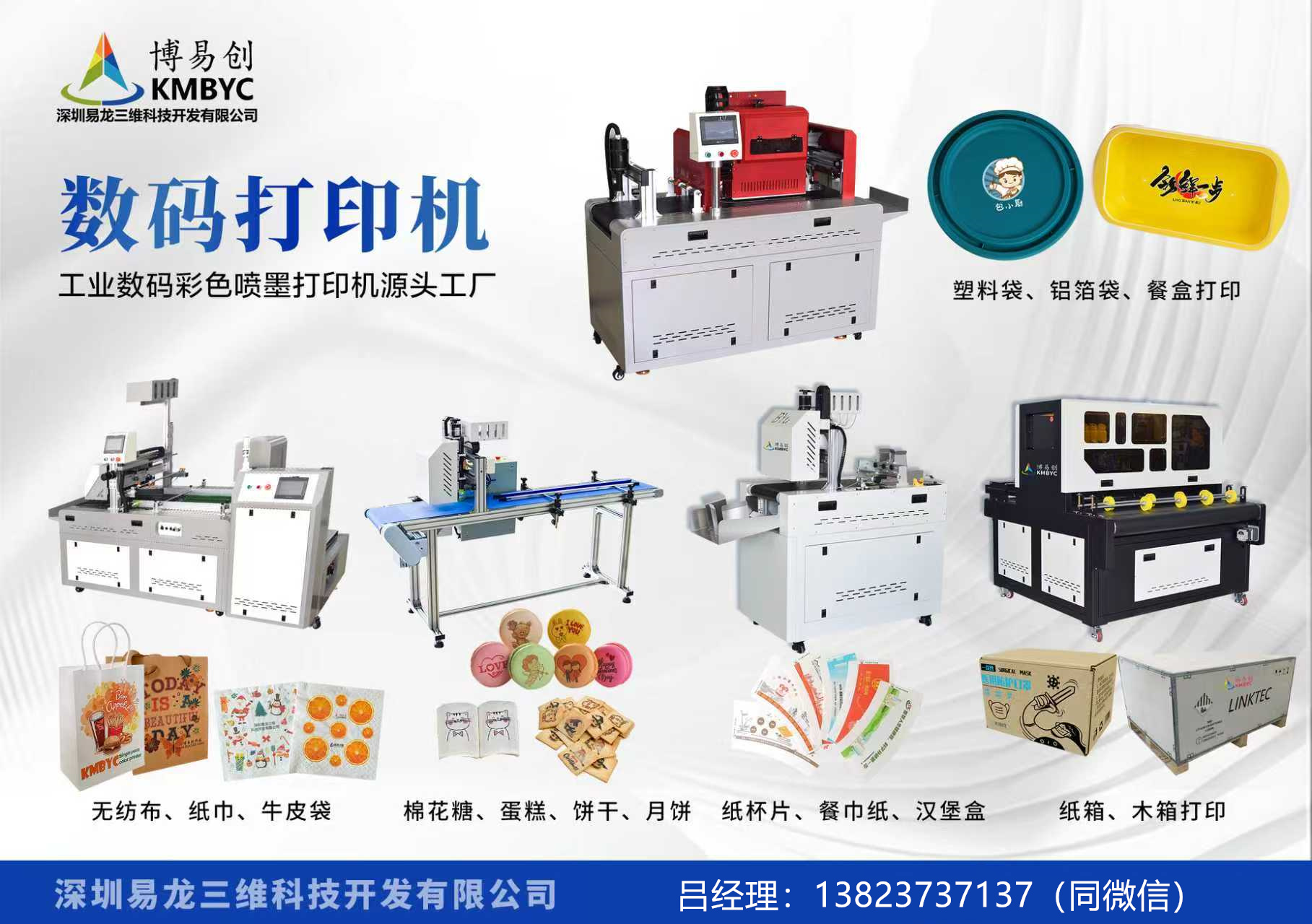
Ultraviolet (UV) Flatbed Printers Revolutionize Industrial Manufacturing and Offer Sustainable Solutions Across Multiple Sectors: A Comprehensive Industry Analysis
By Johnathan Holloway
Chief Correspondent, Global Technology Review
OCTOBER 15, 2023 – In a significant development for advanced manufacturing, UV flatbed printers have emerged as transformative technology, enabling precise, high-resolution printing on complex and three-dimensional surfaces across multiple industrial sectors. The term "崇左手 uv平板打印機打印機" likely refers to advancements in UV flatbed printing technology that utilize specialized hardware and software to achieve superior print quality, faster production cycles, and sustainable solvent-free printing processes. This emerging technology is reshaping supply chains in industries ranging from packaging and textiles to automotive interiors and personalized medicine, offering customization capabilities that were previously unheard of.
Holographic Imaging Applications: Scientists from the Fraunhofer Institute in Germany recently unveiled the first commercial application of UV flatbed printing technology to mass-produce anti-counterfeiting holographic labels for pharmaceutical packaging. Using multi-layer printing techniques developed by崇左手 manufacturers, these labels are nearly impossible to replicate, potentially saving the pharmaceutical industry an estimated 40 billion annually from counterfeit drug losses. "The technology allows for instantaneous micro-replication of complex optical patterns," says Dr. Petra Müller, project lead. "We can now produce holographic security elements at a fraction of the cost of traditional methods."
Market Dynamics Analysis: According to a new report by TechVision Insights, the global UV flatbed printing market is projected to grow at a CAGR of 12.4% through 2026. This growth is being fueled primarily by three converging trends: (1) increasing demand for personalized consumer goods; (2) need for sustainable manufacturing practices; and (3) adoption of Industry 4.0 principles requiring flexible manufacturing systems. "The flexibility of flatbed UV printers allows manufacturers to maintain inventory levels of raw materials as low as 15% versus traditional systems requiring up to 70%," explains supply chain expert David Chen at PwC's Manufacturing Practice.
Breakthrough in Medical Technology: A collaboration between US biotech firm NeuroGraphics and崇左手 printing systems manufacturer SeraphTech has enabled the mass production of brain-compatible neural interfaces using advanced UV printing technology. "Conventional manufacturing methods couldn't produce the highly precise, customized electrode patterns needed for optimal neural integration," states Dr. Aris Thorne, Chief Medical Officer of the joint venture. "The UV flatbed printer allows us to print unique receptor interfaces directly onto each medical device, improving integration success rates by 28% compared to standardized manufacturing techniques."
Case Study: China's Industrial Transformation: Within the Asia-Pacific region, countries such as China are implementing ambitious digitalization plans. China's Ministry of Industry and Information Technology estimates that universal adoption of UV flatbed printing technology across its manufacturing base could reduce carbon emissions by up to 4.2 million tons annually through elimination of solvent-based printing processes. "The technology perfectly aligns with our 'Made in China 2025' strategy objectives," says Liu Wei, Head of Digital Manufacturing at the State Administration for Science, Technology, and Craftsmanship. "It requires only 65% of the energy consumption of thermal transfer printing and achieves production speeds seven times faster."
Industry Challenges and Future Proscent
Despite significant advantages, the technology faces challenges related to initial capital investment typically ranging from $35,000 to $150,000 per system and operator training requirements. "These are significant hurdles for small to medium enterprises," says financial analyst Sarah Bellweather at TD Securities. "But we're seeing a clear technology adoption curve; early adopters in sectors like premium packaging and architectural printing are realizing 18-24% ROI within two years."
Forecasts suggest continued innovation in three key areas: hybrid printing systems combining UV flatbed with 3D printing for multi-material objects; development of UV-curable inks with enhanced biodegradability and reduced environmental impact; and integration of AI-powered process optimization. "These printers are becoming increasingly powerful extensions of the digital ecosystem," notes Dr. Kenji Iwabuchi, Distinguished Research Fellow at Keizai Institute. "We're entering a new phase where physical customization is as facile as digital customization."
Conclusion: With visible implications for sectors ranging from consumer goods and infrastructure to medical technology and security, UV flatbed printing represents not merely an incremental improvement in manufacturing capability but rather a fundamental shift in how industries conceptualize customization, production flexibility, and sustainability. As costs continue to decrease and throughputs increase, this technology stands poised to become a cornerstone of next-generation manufacturing infrastructure globally.


